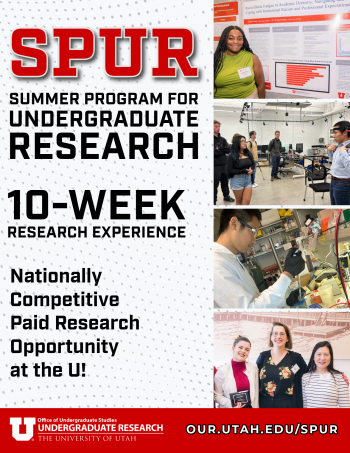
Student view: The perfect combination
Courtesy of MSUToday. View original article at https://msutoday.msu.edu/news/2020/student-view-the-perfect-combination-of-engineering-and-medicine?sc_camp=4A8CD0E5C78747BB8DAD90A5961EE528&utm_source=msutoday-email&utm_medium=email&utm_campaign=standard-promo&id=82cff9f62b5a026959f829c2ad404298&utm_content=image14
Brittany Bush is a junior in the Department of Mechanical Engineering with a biomedical concentration and is completing pre-med requirements. Bush is also a member of the MSU Honors College, MSU Orchesis Dance Company and Phi Sigma Rho.
From a young age I always knew that I wanted to pursue a career in medicine. When my grandparents gave me my first toy doctor set, I was in love. I went around with my stethoscope and prescription pad giving everyone a medical checkup.
When it was time for me to attend college, I knew that MSU was for me. I started in Lyman Briggs on my pre-med journey; however, I could not find a major that fit my undergrad interests. I loved to solve problems and both my parents are engineers, so I decided to try that. I soon found out that with a mechanical engineering major I could do a biomedical concentration which provided significant overlap in classes with the pre-med requirements. This meant that I could do both and still complete all my requirements in a reasonable time frame. I knew this was the major for me.
When I was given the opportunity to work in Dr. Galit Pelled’s lab I jumped at it; this was the perfect combination of engineering and medicine. I started as a volunteer learning about the lab and conducting all the basic trainings. I loved every aspect of helping in the lab and talking with the other students who have an interest in engineering and medicine.
Currently, I am working on a project that studies octopus movements and neurology while relating it to human movements. The octopus is a unique creature when it comes to movement because it is a muscular hydrostat. This means that its arms do not have any bones, and the entire structure is based on its muscles. It can also control its movements without thinking about it. The octopus can use its axial nervous system instead of its central nervous system to control its arms, and this allows for quick reactions. Knowing all of this, we hope to track different movements the octopus can make with its arm and link the neurological activity to each movement. It is our hope to use this information to better design prosthetics.
Having the opportunity to do the kind of research I am doing as an undergrad not only better prepares me to be a successful doctor, but it also gives me the unique perspective of how MSU’s research can improve patients' lives.






